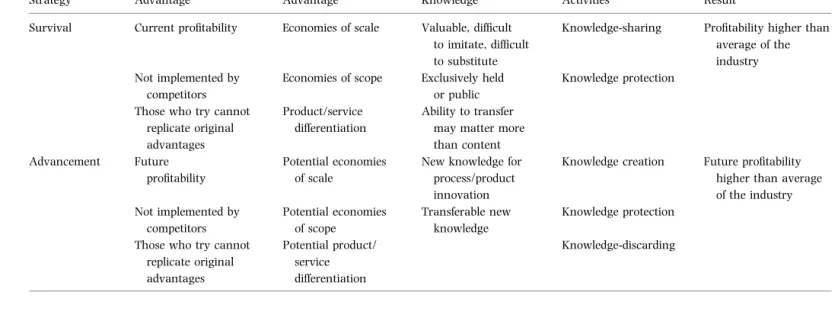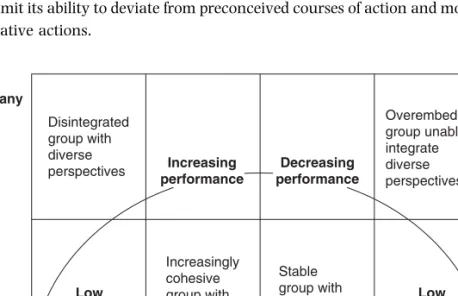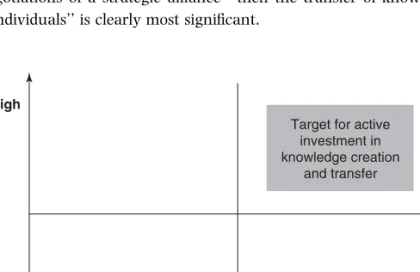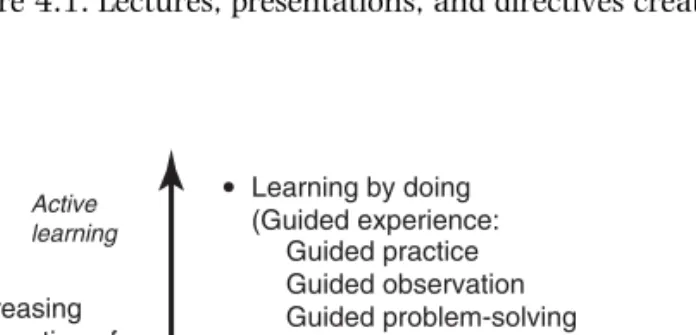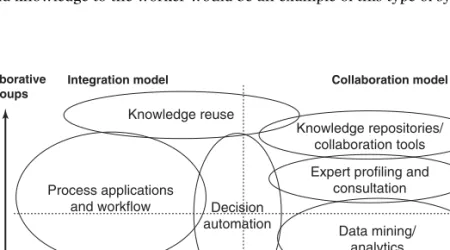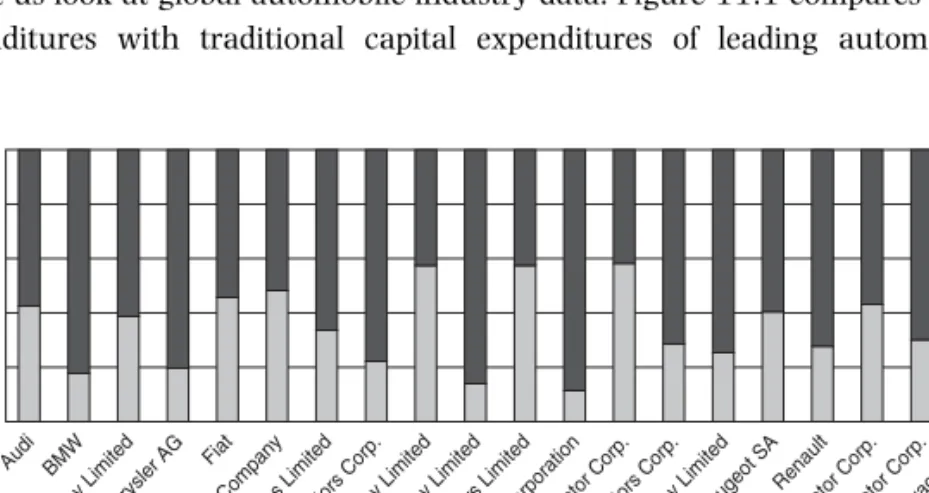In addition, knowledge as a resource is unique in that it can become obsolete in the future. In Chapter 1, Ikujiro Nonaka and Ryoko Toyama describe Nonaka's theory of knowledge in the most current view of the organization. Many of the publications and conference proceedings were based on actual examples of knowledge management initiatives in organizations.
This situation is similar to the danger of the ''liability of newness'' in which a disproportionately large number of younger entities fail in the early stages of establishment. Guided practice is therefore one way to recreate some of the tacit dimensions of knowledge held in the head of the trainer. One of the most difficult challenges in bringing knowledge from the outside in is seeing its relevance in the first place.
In today's economy, knowledge represents a corporation's competitive advantage (Doz, Santos, & Williamson, 2001). In the "expert model" the goal is generally to find a way for the computer to intervene in the expert's work. As economic conditions became more difficult in the early years of the new century and warehouses became less valuable, knowledge management took a back seat in many companies.
One answer is to embed knowledge in the flow of the work process itself - the.
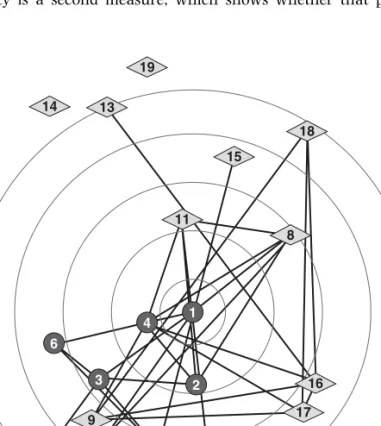
FUNDAMENTALS OF KNOWLEDGE-BASED MANAGEMENT AND ORGANIZATION
I suspect that adoption of the idea will mirror other business and management innovations, and the focus on personal information and knowledge management will eventually expand and become much more pervasive. I think they are on the way to focus on personal data and knowledge management. These organizations made little use of emerging technologies for personal information and knowledge; more specifically prohibited instant messages, for example.
There is also no doubt that some people – about 20 percent in each of several questions in the survey – saw a fundamental problem with managing their personal information and knowledge. The survey also asked respondents to what extent their organizations helped them manage their personal information and knowledge environment. Forty-one percent said they received little or no help from their organization in managing personal information and knowledge; only 3 percent felt their organization had fully mastered the problem of personal information and knowledge management.
I worked with another researcher, Dave Clarke of the American Red Cross, to interview ten individuals who claim to be highly effective in managing their personal data and knowledge environments. These highly skilled managers of personal data and knowledge were not all the same, but they had some things in common. They decided which information and knowledge was most important to them and organized it particularly well.
None of their companies or organizations have made personal data and knowledge management an overall priority. No one had any holistic interventions available to make people more efficient in managing personal data and knowledge. I believe that the field of personal information and knowledge management is ready to take off.
Several companies have specific initiatives to improve the way their employees manage their information and knowledge. These companies and government agencies, and individual users, do not have personal information and knowledge management on their radar screens, so they are unlikely to do anything about the problem anytime soon. Of course, personalized approaches to improving information and knowledge management are only one solution to the knowledge worker problem.
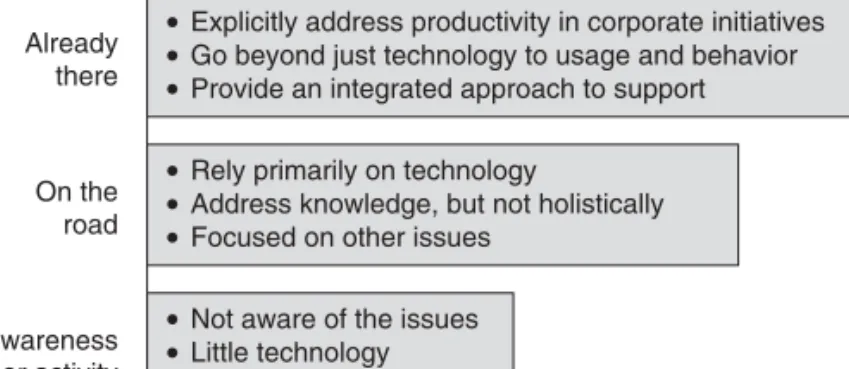
FUNCTIONAL APPLICATIONS OF KNOWLEDGE CREATION AND MANAGEMENT
In this chapter, I emphasize the importance of holistic and strategic management of an enterprise's knowledge-based competency. The next section presents a new strategic framework from the point of view of an enterprise's knowledge-based competence. They outline how the company can gain influence in the evolution of the industry to increase bargaining power over potential suppliers and customers in the future.
The uniqueness of knowledge is one of the effective factors that prevent technology imitation (Chakravarthy, McEvily, Doz, & Rau, 2003). Although there are several ways to measure firm performance, profitability is one of the key measures in the strategy literature. In the following examples, I discuss how to get inside the mind of the end user of a product or service.
In recent years, one fourth of the graduates of anthropology programs in the United States have gone on to work for corporations. Description of the development processes in the leading design firm in the United States. Peter Drucker (1993) emphasizes the importance of the individual's initiative for the productivity of knowledge workers.
Knowledge work contains some easy-to-measure components (for example, pages of written text) and some difficult-to-measure components (for example, the importance of the text). In one of the most innovative industries, the software industry, this kind of motivation recently proved to be crucial. The first group was told they were going to play “The Wall Street Game.” One third of the group cooperated.
Based on the residual income model (RIM) or the well-known discounted cash flow model (DCF), all future earnings are discounted and summed to the current share price. The details of the valuation model are discussed in the appendix.). The logarithm of R&D expenditure is also the proxy variable for the future value-creating ability of the firm. Although R&D expenses reduce current net income, they are one of the most important factors in gaining and maintaining competitive advantage in the future.
The share price is affected by factors such as risk, growth and the company's financial structure. Third, measure the profitability of the intangible investments based on the calculated amount of intangible assets.
